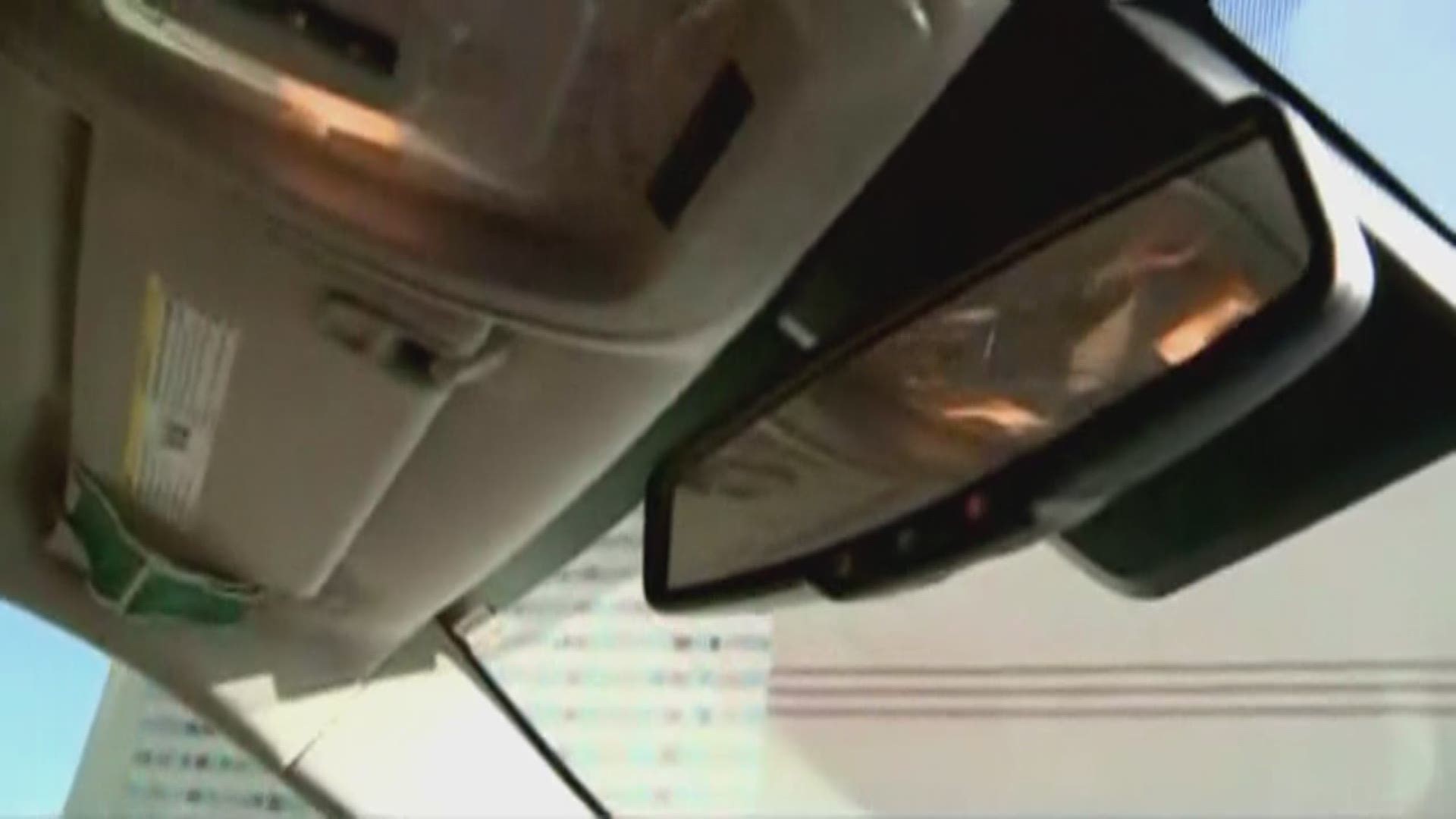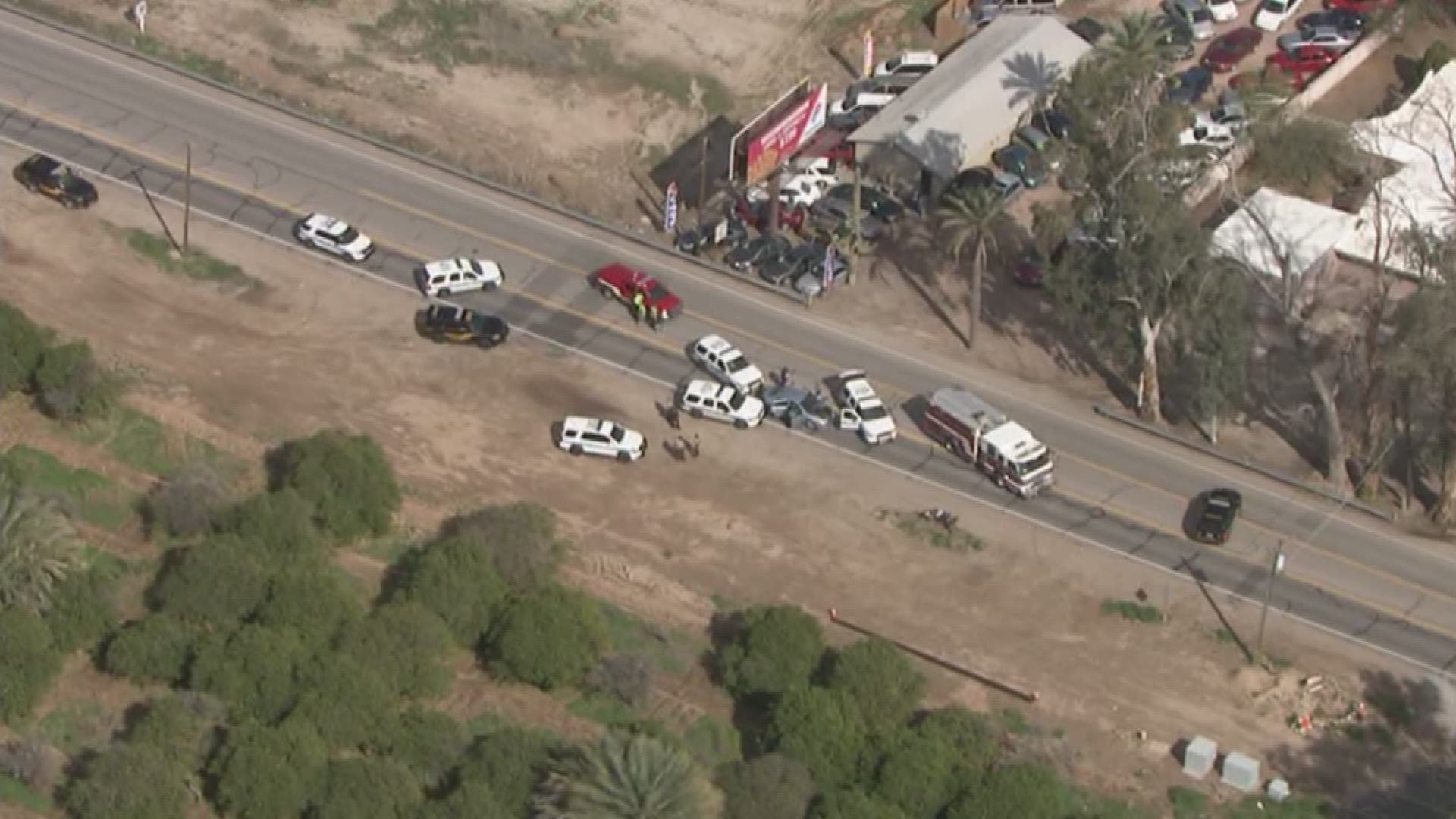When it comes to car chases, Phoenix has started to look a lot like Los Angeles recently.
Some of the recent car chases in the Valley have had deadly consequences. Almost all of them have ended up on television.
These real-life car chases aren't like the ones in the Fast and the Furious movies. On the big screen, police chases are full of drama, high speeds, and high-flying action. But in real life, they're more dangerous and can come to a deadly end.
"It's a very stressful situation," said law enforcement expert Andy Hill.
Hill is a retired Phoenix Police sergeant who spent 26 years on the job and now is a consulting producer on the show Live PD. The show sometimes airs police pursuits just minutes after they happen.
Its cameras even caught a Department of Public Safety chase on a Valley freeway.
"Ah, he got it. He got my spikes," yelled the DPS trooper, who reached over the freeway and threw down stop sticks.
These are sometimes referred to as spike strips and aren't used to destroy the tires of the vehicle officers are chasing.
That danger starts as soon as the rubber starts burning.
Because of that danger, any law enforcement officer chasing a vehicle has to get permission from a supervisor to press on with the pursuit.
That's true whether it's a high speed chase, slow crawl, or even the police pursuit of U-Haul -- all of which have played out live on television in Arizona recently.
And in real life, unlike the movies, the bad guys can't outrun the radio.
Different agencies have different road rules for chases, but they all look at virtually the same criteria, according to Hill. "Like weather, like speed, what are you chasing the person for, are you able to continue pursuing them, do you lose sight of them?"
That's just the beginning of what goes through the mind of a law enforcement officer involved in a chase.
"In this metropolitan area that we live in," Hill said, "usually there is a second unit that will come up and help the first unit in pursuit. And they will turn over radio communications to the second unit behind them.
"You have a lot of things to consider. And you have liability issues. If you don't do things correctly, it's going to be under scrutiny."
The more serious crime a suspect is accused of, the more likely the police pursuit will continue, Hill said. And the more likely officers are to end it, using every and any means available.
Remember the chase around the north Valley with a stolen, speeding and swerving bright yellow Corvette?
Dispatchers told the law enforcement involved, "Suspect has committed a homicide and multiple carjackings."
Phoenix Police knew they had a dangerous man behind the wheel. So the unmarked trucks and SUVs kept up with the Corvette. And eventually, police put an end to the chase with a violent collision and gun shots.
"What you're trying to do at that point is stop the suspect vehicle from endangering anybody else because they're in such a position that they could cause death or serious injury," Hill said.




